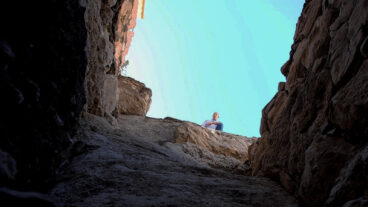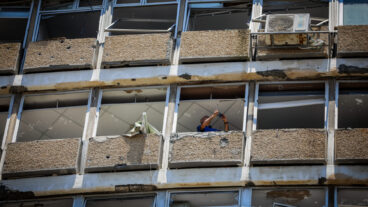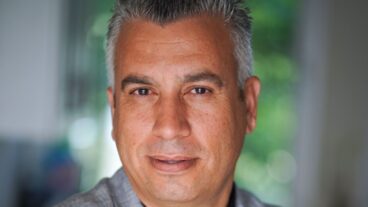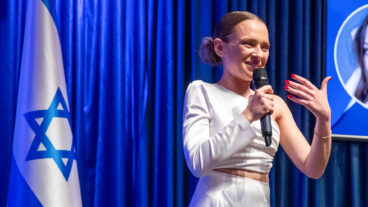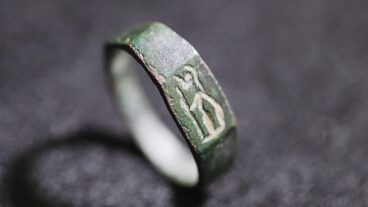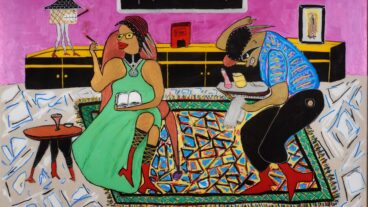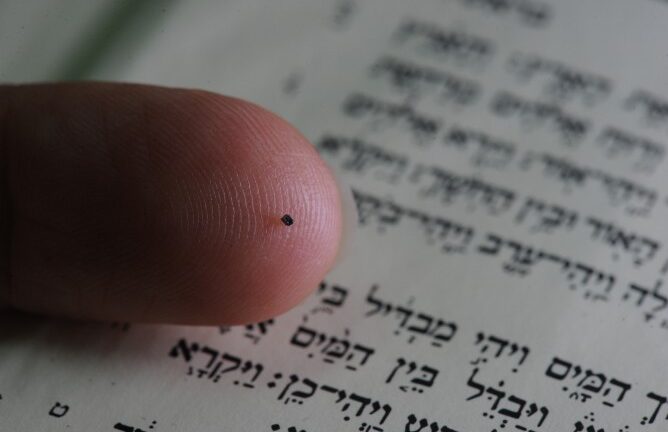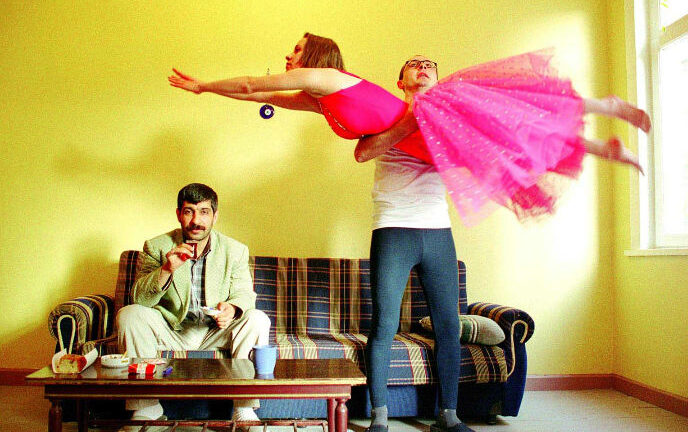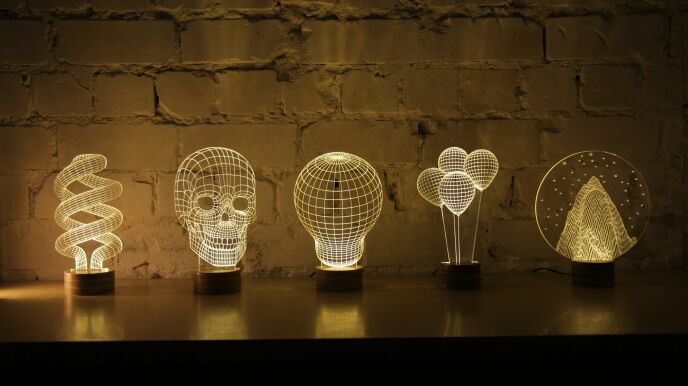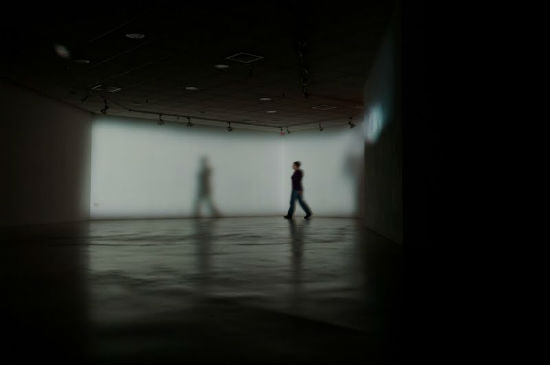
The edgier side of Tel Aviv’s young and dynamic art scene reflects the creative vibrancy of Israelis. This scene will come to life at Art Year 2012.
The city declared this yearlong event especially to honor the opening of the new Herta and Paul Amir Building for Israeli art at the Tel Aviv Museum of Art. The fluid schedule will hinge on a few main events, but will continue showcasing Israeli art and performing arts throughout the year.
Adi Yekutieli, the director of Art Year, thinks that art is Israel’s best export. Yekutieli says that art is about possibilities — especially in a region so often portrayed negatively by international media.
“It presents a different possibility to discuss Israel with people that are interacting with an international audience,” he says.
“Art comes from a place of reflecting or expressing. It is not dogmatic like politics, but presents a very human insight to Israel and to the artists. Art in a way always reflects reality. When [the Israeli] dance troupe Batsheva goes to dance abroad, they represent a very different kind of conversation, a very active culture, an international kind of language.”
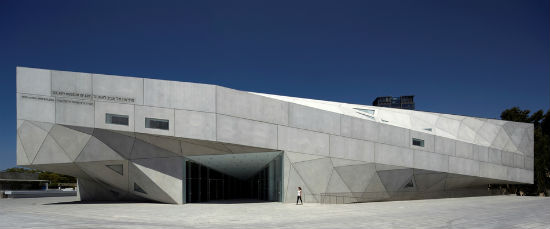
Going Gaga at the museum
Dance, art and music will all be celebrated at Art Year. The March 21-24 Art Weekend kickoff event is planned to generate excitement with open galleries and art marathons throughout the conjoined seaside cities of Tel Aviv and Jaffa.
A 24-hour art gallery opening at the Tel Aviv Museum of Art will offer curator talks, art classes, tours and even dance, when Gaga — a free-movement dance therapy approach conceived by Ohad Naharin from Batsheva — will perform at the museum.
The otherwise conservative museum will be opening an entire wall as a blank canvas, as it were, for unknown or aspiring Israeli artists. Any young artist can submit work anonymously to be considered by a committee of locals and outsiders who will curate the show.
“This act might seem minor,” Yekutieli says, “but once you start thinking about it, is very important. Anybody can apply, and nobody will know your name. You will be judged just on the art itself. It will be displayed for 24 hours only, but it will be a way for new artists to be discovered.”
Yekutieli says there will be a conference on art and business, which will give artists useful information about making art a career that can also pay the bills.
White Night
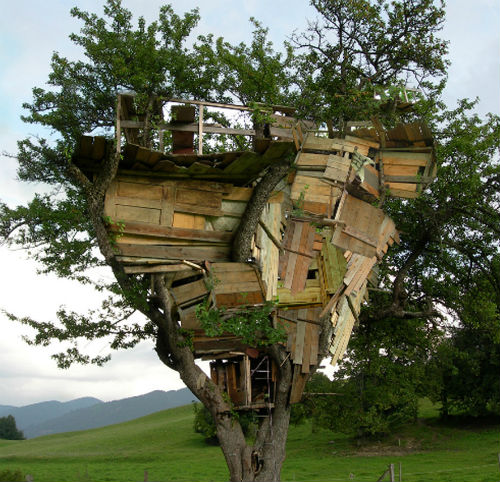
During Art Year, the twin cities will become a giant open-air show where film, dance, music and art will come to life together in galleries and on the sidewalks. Local and international artists will be featured and hotels will offer special deals to encourage overnighters to linger longer, and for tourists from nearby Europe to fly in for the weekend.
Tel Aviv’s Most Unconventional Hotel Room, part of the international Pixel Hotel project in which Atlas Hotel chain is converting a lifeguard shack into a mini-hotel, is to be unveiled by the end of Art Year.
Another international event is Replace 2012, where 15 galleries from Berlin will send artists, curators, and journalists to Tel Aviv.
Yekutieli points out that Tel Aviv is a UNESCO-recognized “White City” for its white-faced Bauhaus architecture, and accordingly Art Weekend will incorporate the much-loved Layla Lavan, White Night, modeled after the Parisian concept where city venues stay open all night. Tel Aviv-Jaffa isn’t known for its early bedtime, but on White Night it feels like the entire country comes out to walk, eat, drink, shop and be merry. Your only risk is getting lost in the crowd.
Other events throughout the year may include an ethnic music festival, street festivals, special features from the gay art scene — all with the intention of promoting Tel Aviv as a global city.
“Art from here but viewed from a global perspective,” says Yekutieli.




